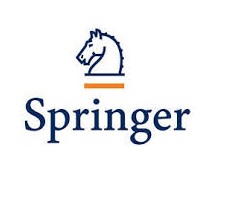Conclusion and research directions
What value does a theory of customer engagement marketing offer? In our theory of engagement marketing, the lines between employees and customers have blurred, creating a need for new theories that can explain evolving roles, relationships, and outcomes. In turn, a broad research agenda arises from the theoretical foundation we have established in this research.
Designing and delivering effective engagement initiatives
If engagement marketing involves the customer as a pseudomarketer, then the firm must be a pseudo-employer, which must incentivize customer work and productivity to achieve effective engagement initiatives. Substantial research in management (Nohria et al. 2008) and an emerging stream in marketing (Kumar and Pansari 2016) suggest ways to motivate employee contributions; significant work remains to be done to determine if these theories also apply to customers who are not financially or legally tied to the firm. Extant research identifies three types of incentives: economic rewards or monetary incentives that increase engagement but also might limit its effectiveness (Ryu and Feick 2007; Verlegh et al. 2013); symbolic rewards, which have no material value but are valuable to the person receiving them (e.g., status, milestones) and may help preserve the perceived authenticity of the engagement (Verlegh et al. 2013); and amplified voice, which captures the amplification of the customer’s engagement efforts through the firm’s paid, earned, or owned channels (e.g., company website, traditional advertising).








